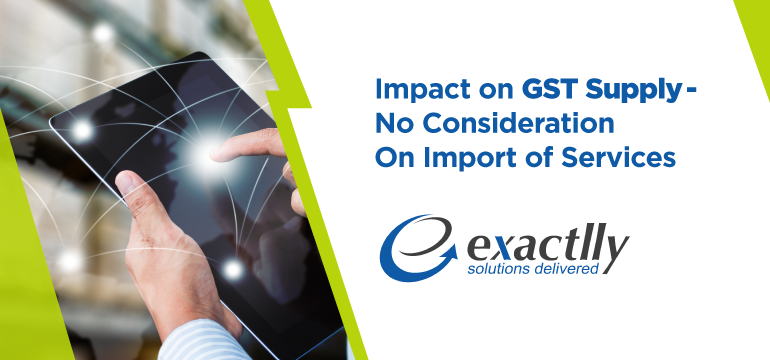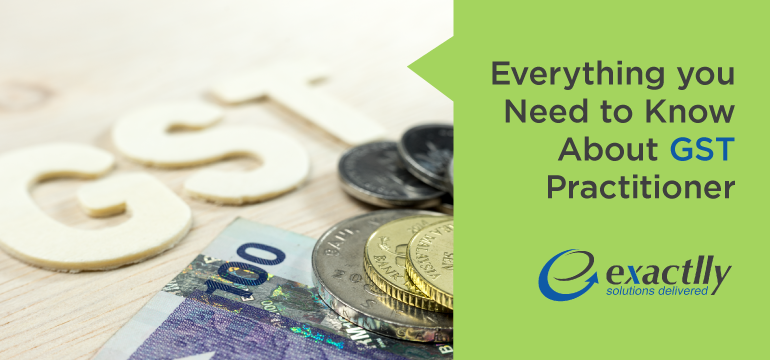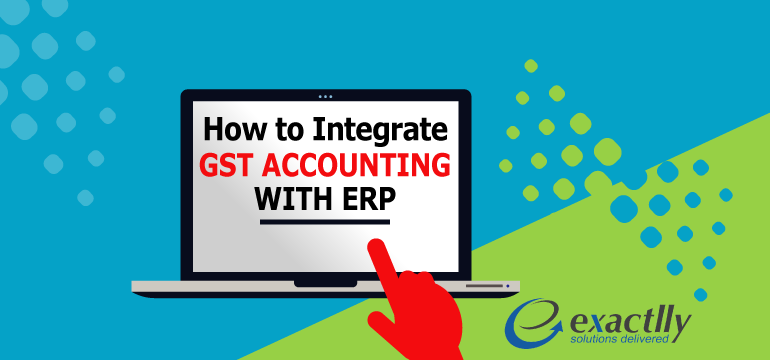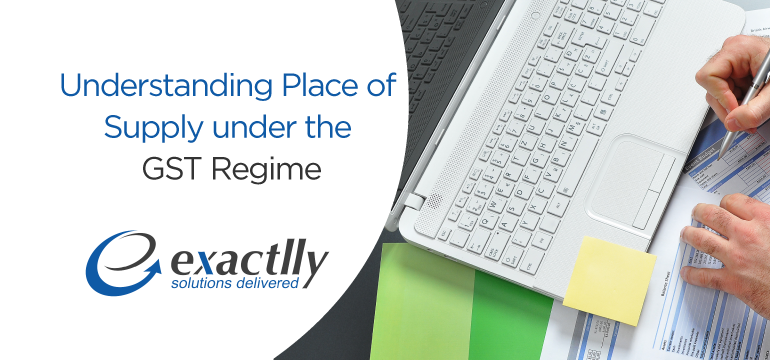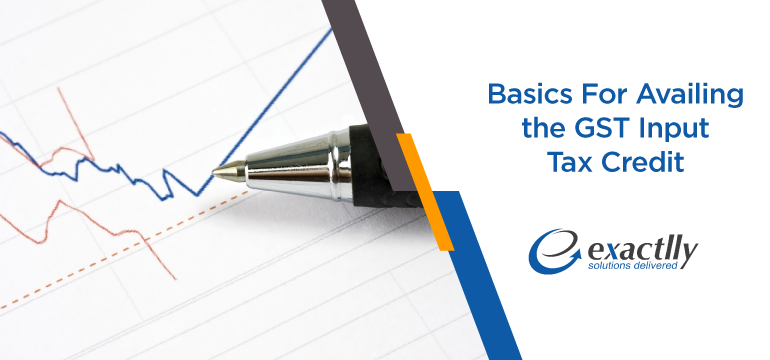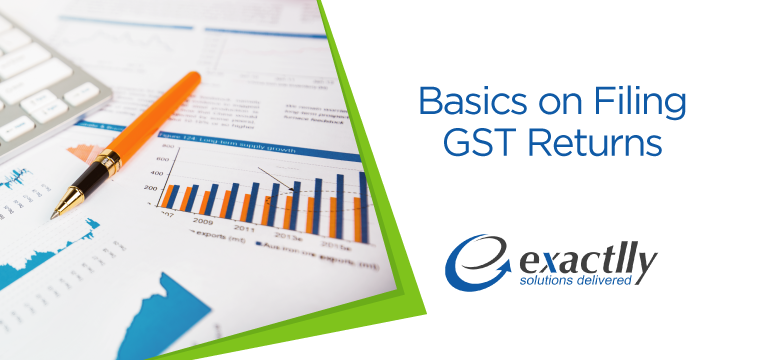Time of Supply for Goods on Reverse Charge under GST
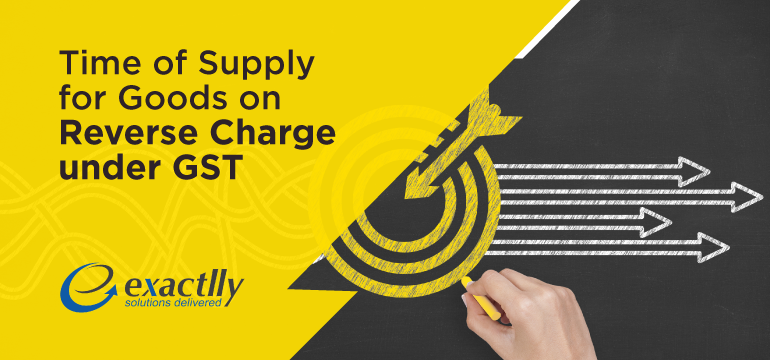
Previously, we have discussed time of supply for goods regards the forward charge mechanism; here we place focus on the reverse charge mechanism to determine the time of supply of goods. Firstly, it is imperative to understand that service tax is collected when goods or services are sold to ensure revenue collection from even the unorganized sectors. To guarantee that the tax is collected, the government put forth the reverse charge mechanism where the buyer of the goods or the recipient of the goods is required to make payments pertaining to tax liabilities, to the credit of the government. This is unlike the forward charge mechanism where the tax liability is borne by the supplier of the goods. Therefore, we see that the responsibility of payment of tax has shifted from the supplier to the buyer or the recipient of the goods under the reverse charge mechanism.
Current Indirect Tax Regime –
- A purchase tax is paid by the recipient (registered dealer) when a purchase of goods is made from an unregistered dealer, under the VAT. As an illustration, if a registered dealer Max Traders, based in Maharashtra makes a purchase of textile bundles from F&M Clothing located in Tamil Nadu, then Max Traders will be liable to make a payment of purchase tax on this transaction.
GST Regime –
- The reverse charge mechanism is in vogue under the GST regime, and is similar to the current indirect tax regime.
- The reverse charge mechanism is applicable only on specific goods and services supplied which shall be notified by the government in the months to come.
- Tax liability is payable vide the CGST, SGST and IGST on the earliest of the following dates –
- Date on which the goods have been received by the recipient in case of considering the date of receipt of the goods;
- The date on which the payment was either recorded in the books of accounts or the date on which the payment was credited to the bank in case of considering the date of payment.
- The date immediately after 30 days of the date on which the invoice was issued in case of considering 30 days from the date of such invoice.
- In case any of the abovementioned dates cannot be clarified, then the date of recording the supply in the books of accounts of the recipient will be considered as the time of supply.
Let us take the following illustrations to understand these situations better –
- If the date of receipt of the goods was August 29, 2017, the date on which the invoice was issued was September 5, 2017, the date of payment of the goods was December 10, 2017, then the time of supply shall be August 29, 2017 as the date of receipt of the goods is earlier than the date on which the payment was received, and is 30 days from the date of the invoice.
- If the date of receipt of the goods was September 15, 2017, the date on which the invoice was issued was September 25, 2017, the date of payment of the goods was August 30, 2017, then the time of supply shall be August 30, 2017 as the date of payment of the goods is earlier than the date on which the payment was received, and is 30 days from the date of the invoice.
- If the date of receipt of the goods was September 10, 2017, the date on which the invoice was issued was August1, 2017, the date of payment of the goods was September15, 2017, then the time of supply shall be August 31, 2017 as the date of 30 days from the date of the invoice falls earlier than the date on which the goods were received or the payment for the goods was made.



